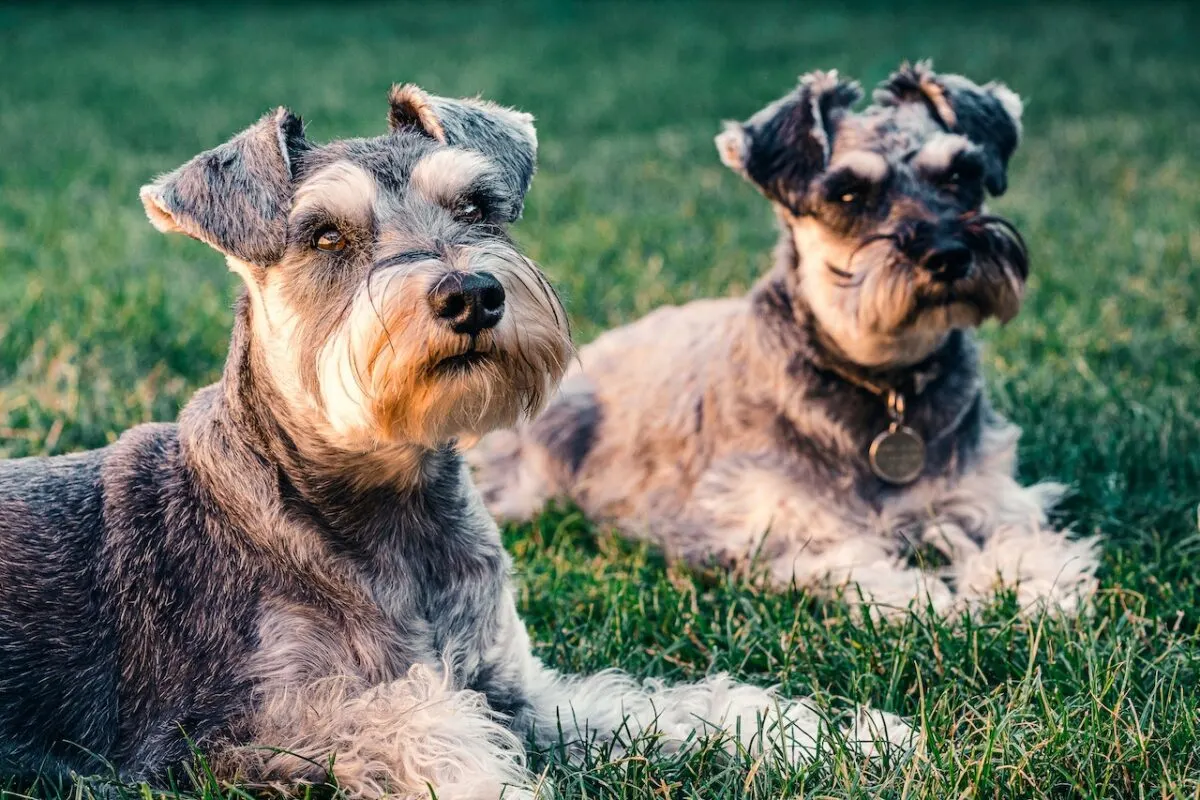This post will provide you with all the information you need to know about the adorable Miniature Schnauzer.
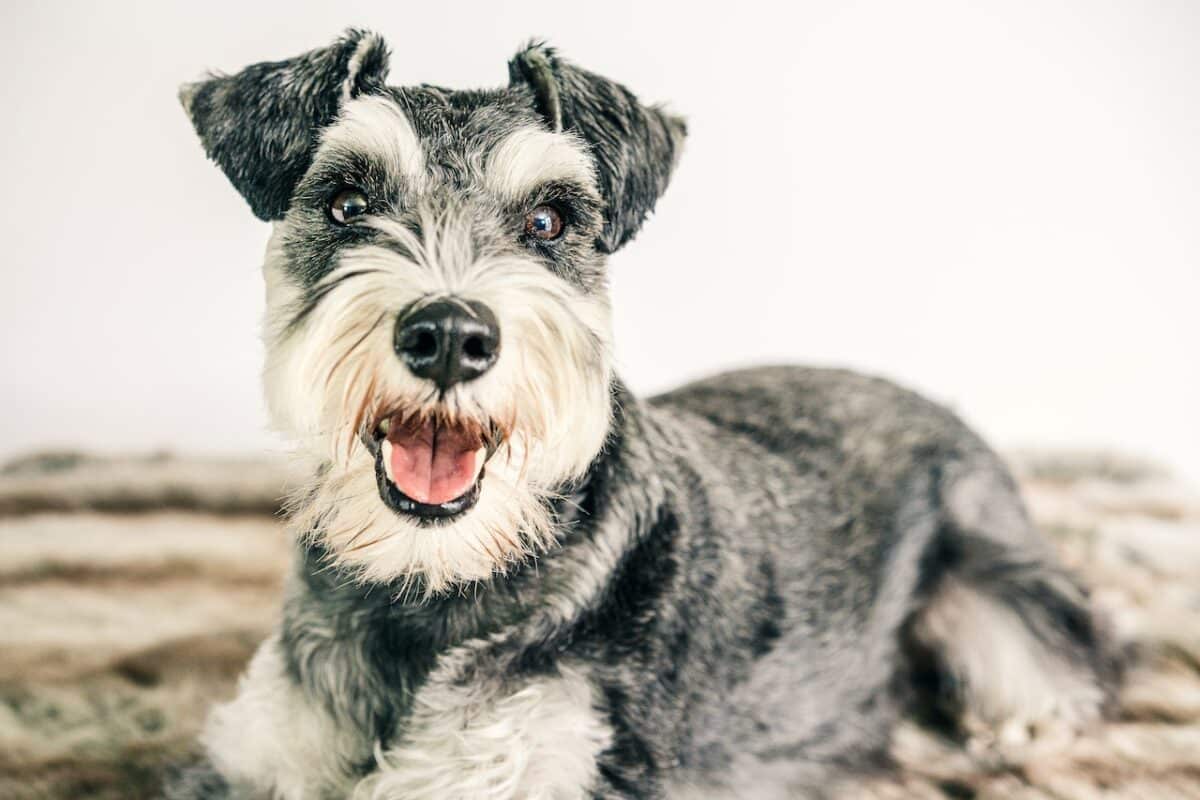
If you’re a pet lover searching for a loyal, intelligent, and affectionate companion, you may want to consider miniature schnauzers. This small breed of dog is known for its unique appearance, with its bushy eyebrows and beard. But it is likewise famous for its spunky and playful personality.
Miniature schnauzers are also highly adaptable and make great family pets. However, knowing what you’re getting into is important before bringing a miniature schnauzer into your life, as with any pet.
In this article, we’ll give you a brief overview of the miniature schnauzer breed, explain what’s important to bear in mind before getting one, and highlight the differences between miniature schnauzers and other sizes.
Origin
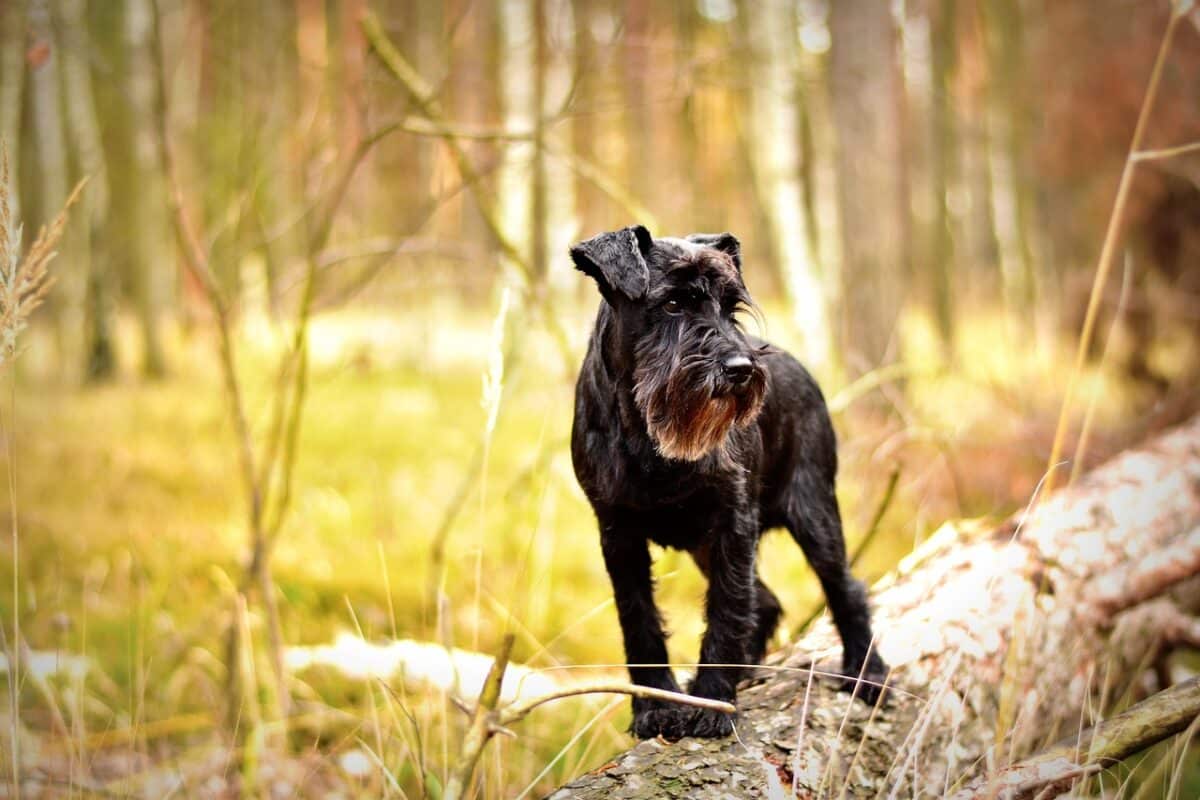
This particular breed of dog was discovered in Germany in the 1800s. They were originally bred to be smaller versions of the Standard Schnauzer, which were used as guard dogs and ratters on German farms.
The exact origin is unclear, but it is believed that they were created by mixing the Standard Schnauzer breed with smaller dogs such as Poodles and Affenpinschers. The aim was to create a new breed that was small enough to be a lap dog but still had the same working abilities as the larger breed. The result was a smaller but equally versatile dog that could be used for hunting and as a family pet.
Miniature Schnauzers were officially recognized as a breed by the German Kennel Club in 1899 and soon gained popularity in Europe and the United States.
Other Types of Schnauzers
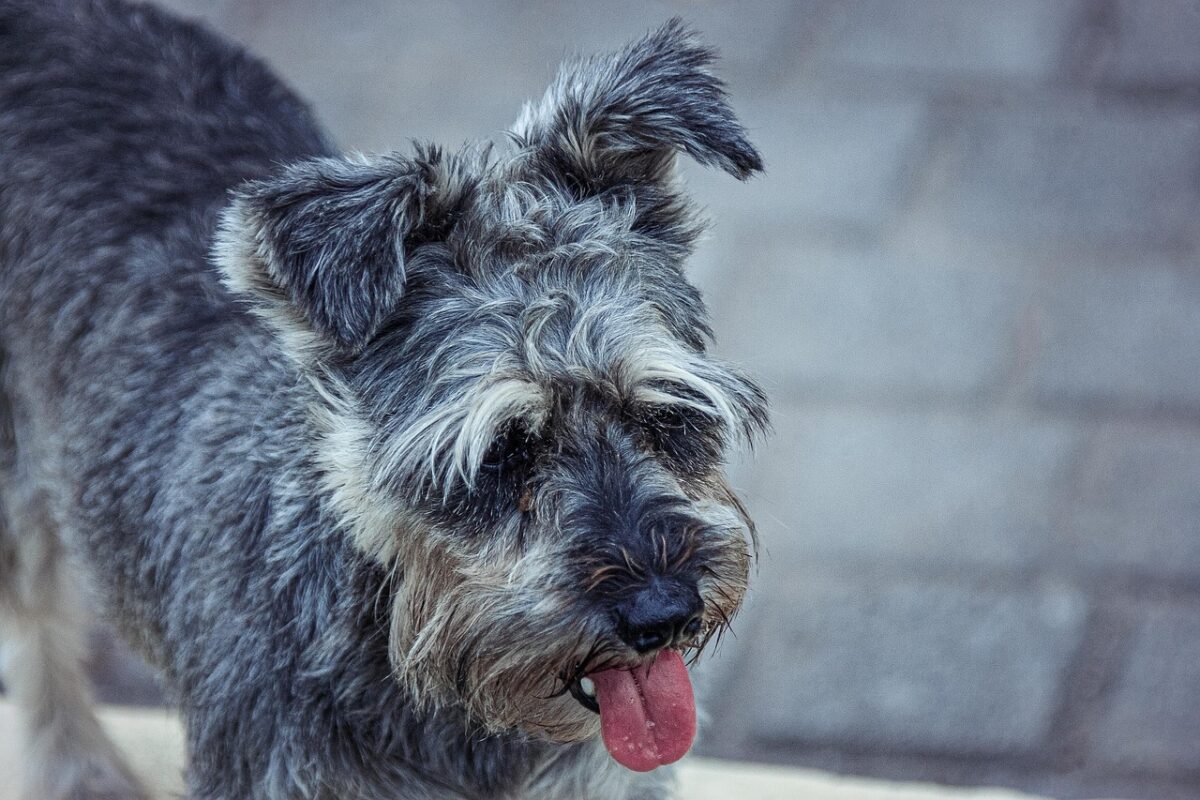
Apart from Miniature Schnauzers, there are two other types of Schnauzers: the Standard and Giant. Standard Schnauzers are the original size of the breed, bred to be versatile working dogs. Giant Schnauzers, on the other hand, were bred to be larger and more powerful and were often used as police dogs or guard dogs.
Differences of Various Schnauzers
While all three types of Schnauzers share some physical features, such as their distinctive beard and eyebrows, there are notable differences in size, temperament, and personality.
- Miniature Schnauzers weigh 11 to 20 pounds, max, and therefore are the smallest in comparison to the other breeds. More importantly, they’re friendly, lively, and great as pets, especially for children who love animals!
- Secondly, the standard schnauzers are found to be around 30 – 45 pounds, and their appeal hinges on their loyalty and wisdom.
- Giant Schnauzers can weigh up to 95 pounds and are known for their protective and fearless personality, making them great guard dogs.
Characteristics of Miniature Schnauzers
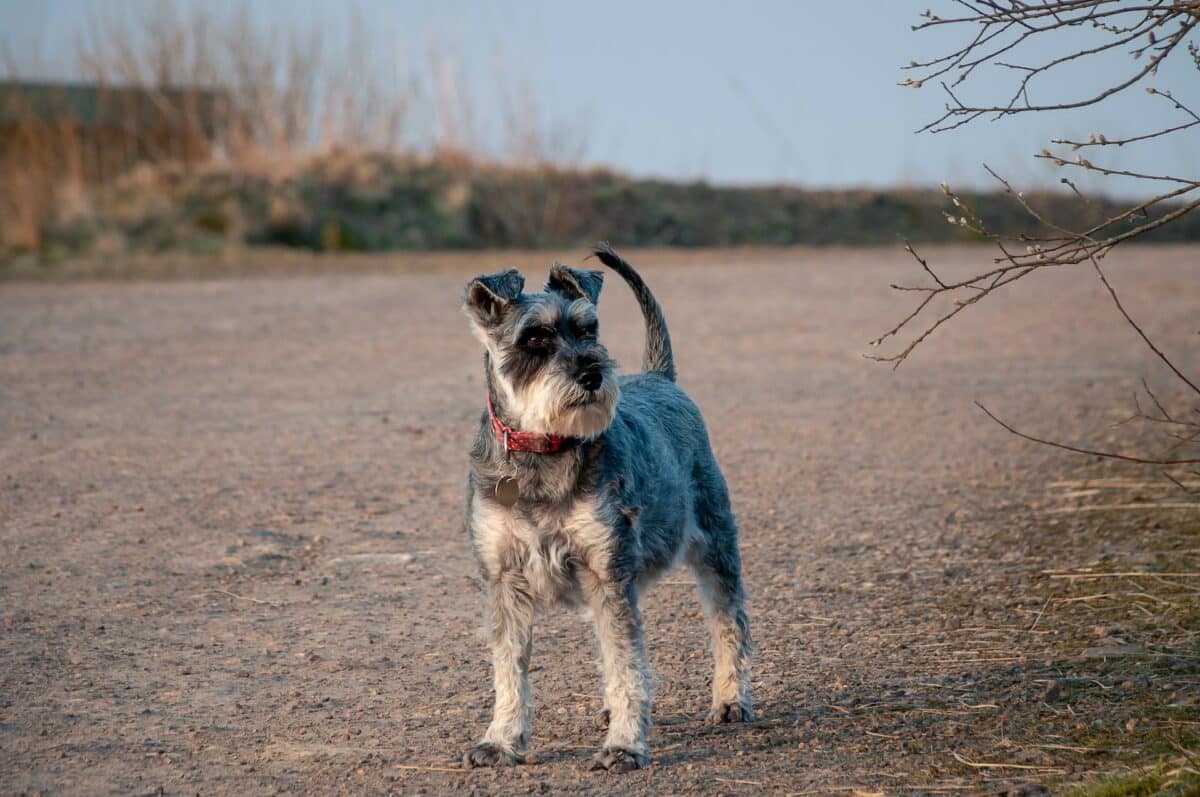
Physical characteristics
Miniature Schnauzers have a square-shaped head with a long, rectangular muzzle and a distinct beard and eyebrows. They have dark, almond-shaped eyes and small, pointed ears that stand erect.
Moreover, their coat is wiry and dense and comes in various colors, including black, salt, pepper, and black and silver. They are sturdy and stand around 12-14 inches tall at the shoulder, weighing between 11 to 20 pounds.
Personality and Temperament
Mini Schnauzers are friendly, loyal, and lively, and are therefore affectionate towards their owners and are generally good with children and other pets.
They also have a playful and curious nature and enjoy exploring their surroundings. What’s more, they are also intelligent and easy to train, making them a great choice for first-time dog owners.
Health Concerns
Like all breeds, Miniature Schnauzers are susceptible to certain health issues such as cataracts, hip dysplasia, and pancreatitis. To prevent this as best you can, it would be best to invest in regular veterinary checkups and proper nutrition.
Caring for Miniature Schnauzers
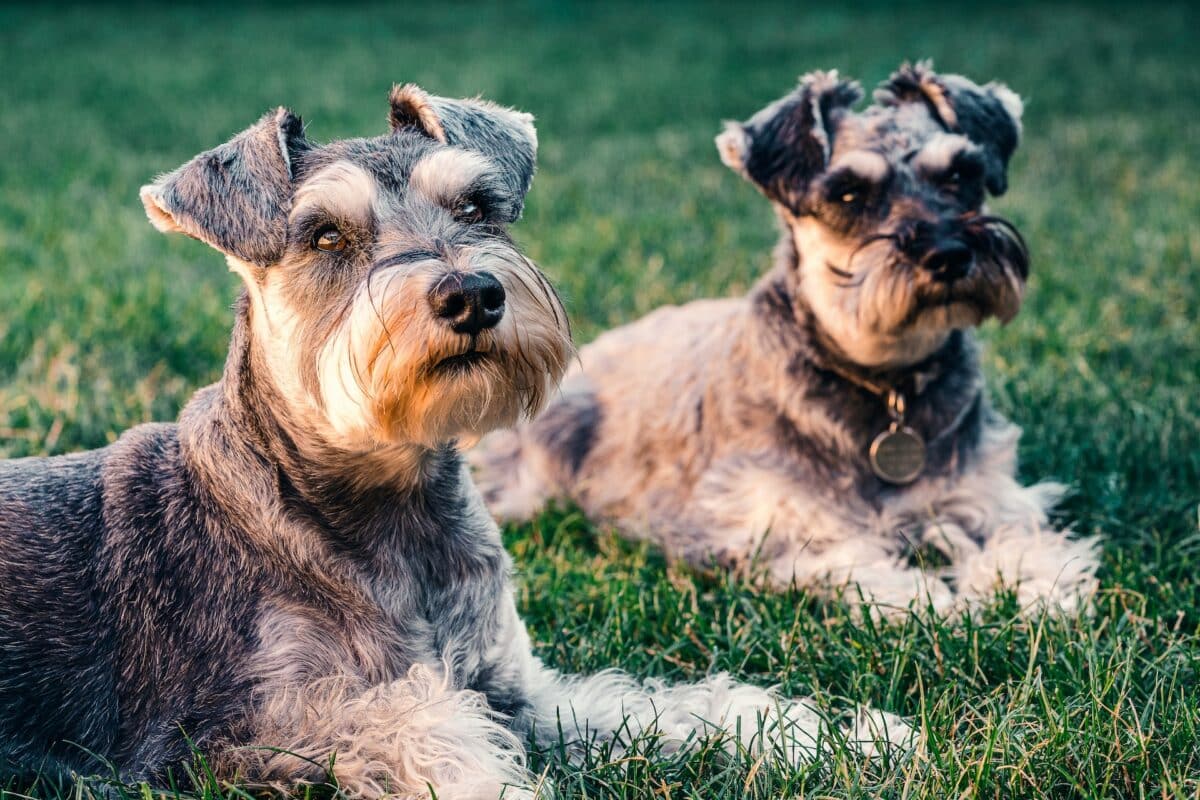
Miniature Schnauzers are relatively low-maintenance dogs, but they require proper feeding, grooming, and exercise to stay healthy and happy. The better you care for them, the longer they can be part of your family.
Feeding and Nutrition
Miniature Schnauzers require a high-quality, well-balanced diet that provides all the nutrients for their size and activity level. It’s important to monitor their weight and adjust their food intake accordingly to prevent obesity, which can lead to health problems.
Grooming and Maintenance
Miniature Schnauzers have a wiry coat that requires rooming on a relatively regular basis to maintain its luster and beauty.
They need to be brushed several times a week to prevent matting and tangling, and they should be trimmed every few months to maintain their distinctive appearance. Regular nail trimming and teeth brushing are also necessary.
Exercise and Activity Needs
Miniature Schnauzers are energetic dogs that require regular exercise and activity to stay healthy and happy. They enjoy walks, runs, and playtime in a fenced yard. Moreover, you need to engage them in mental activities, too, to keep their mind sharp, such as training or puzzles.
Obedience, Training, and Socialization
Mini Schnauzers are pretty intelligent, and they train well when reinforced with positive results and rewards. It’s important to start training early and socialize with people and other pets to prevent behavioral issues.
Training the Miniature Schnauzer
Basic Training Commands
Basic commands are important for the safety and well-being of your Miniature Schnauzer. These include orders such as:
- Sit
- Stay
- Roll Over
- Shake Hands
- Fetch
Training should start early and consistently. Remember to use positive reinforcement techniques like praise and treats.
House Training Tips
House training a Miniature Schnauzer can take time and patience, but it can be achieved with consistency and positive reinforcement. Crate training can also help housebreak your puppy.
Socialization and Obedience
Socialization and obedience training are important for all dogs, especially for Miniature Schnauzers, who can be prone to behavioral issues if not properly trained.
Socializing your Miniature Schnauzer with people and other pets from an early age can help prevent aggressive or fearful behavior. Socialization entails exposing them to a variety of environments, situations, and people from an early age.
Living with a Miniature Schnauzer
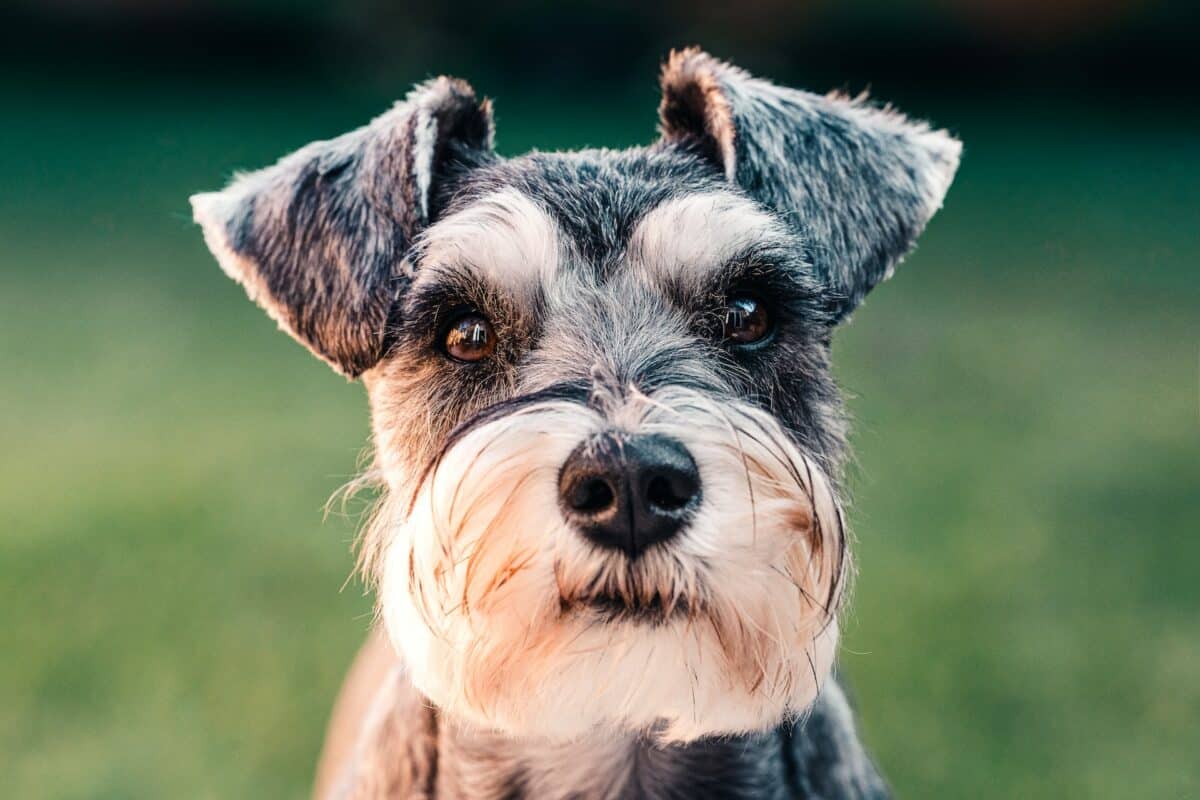
Miniature Schnauzers make great pets, but they do have some specific needs and challenges that owners should be aware of.
Living Arrangements and Environment
Miniature Schnauzers are adaptable to different living arrangements, but they do best in homes with a yard or access to regular exercise and playtime. They also thrive in homes with owners who can give them plenty of attention and mental stimulation.
Common Challenges and How to Overcome Them
Some common challenges with Miniature Schnauzers include barking, separation anxiety, and stubborn behavior. Correct training may aid in preventing or reducing these issues, as will engaging them in exercise to tire them out, which includes both mental and physical activities. Gaining knowledge about the breed and its characteristics will help you immensely with understanding your new family member.
Key Points
| Miniature Schnauzers are a distinct breed with a unique history and characteristics. |
| Proper care and attention to nutrition, grooming, exercise, and training are important for their health and happiness. |
| These dogs have a unique appearance with their distinctive beard, eyebrows, and fur, which requires regular grooming to keep them looking their best. |
| Miniature Schnauzers are intelligent, affectionate, and loyal companions that require socialization and obedience training to prevent behavioral issues. |
| They make great pets for those willing to meet their needs and provide them with plenty of attention and mental stimulation. |
Conclusion
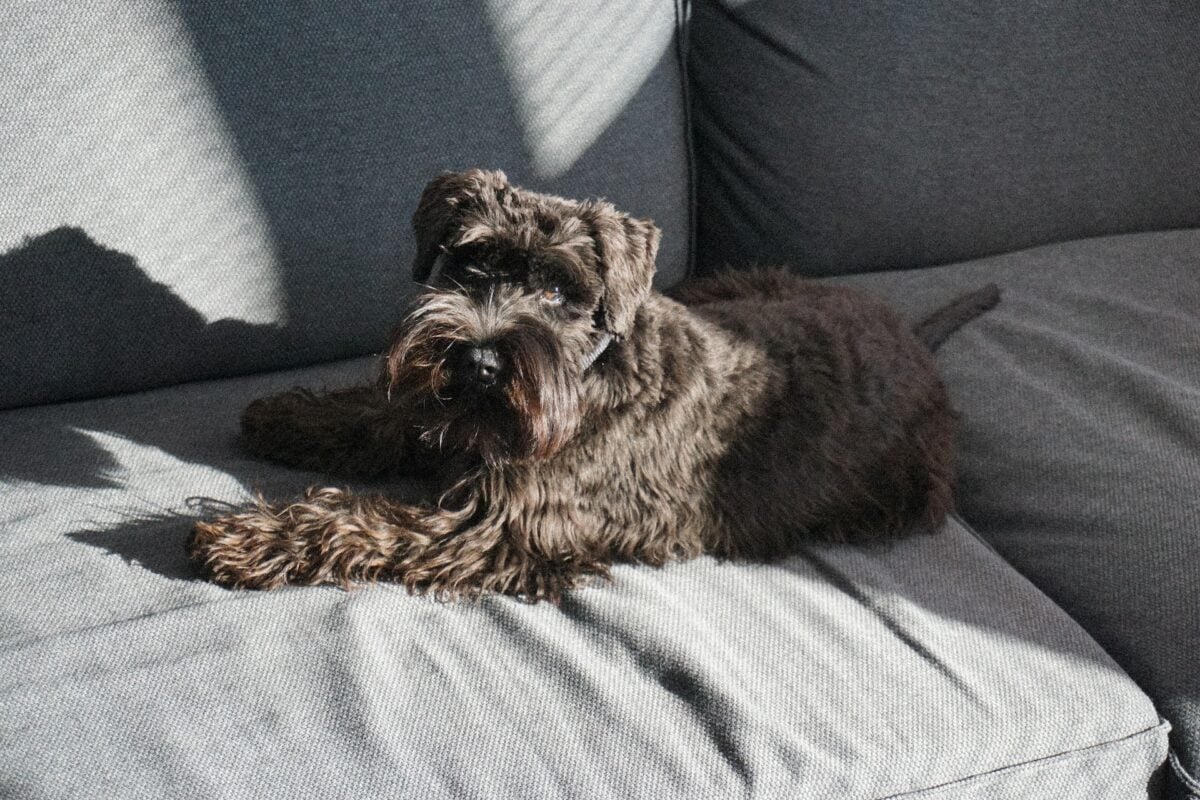
Miniature Schnauzers are intelligent, affectionate, and loyal companions that make great pets for many different types of households. Their unique history and distinctive physical characteristics set them apart from other Schnauzer breeds. It is important to know the characteristics, care, and training requirements of Miniature Schnauzers before bringing one into your home.
Proper nutrition, grooming, exercise, and training are key to keeping your Miniature Schnauzer healthy and happy. With tons of effort and a smidge of patience, you can train your Miniature Schnauzer to be a well-behaved and obedient companion.
By understanding the unique qualities of Miniature Schnauzers and meeting their needs, you can enjoy a rewarding and loving relationship with your furry friend for many years to come.
Thank you for reading this article! If you want to learn about their larger cousins, read our post of the Giant Schnauzer: Active Companion or Aggressive Watchdog?
- Magpie Bird Is Reunited with Her Dog Best Friend - April 24, 2024
- Dog Saves Another Dog From Drowning in Fish Pond - April 23, 2024
- Man On Motorbike Rescues Cat From Highway - April 23, 2024

